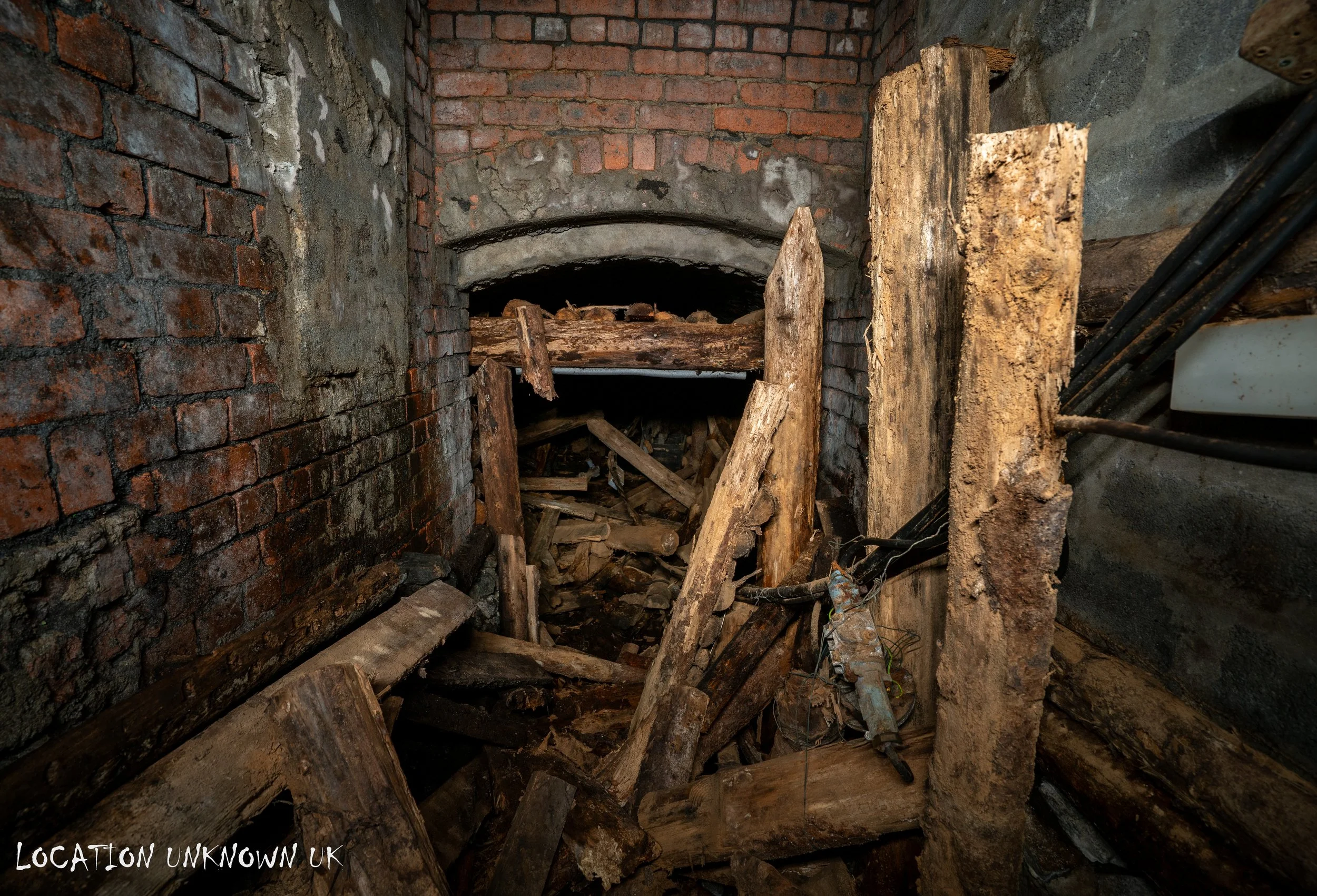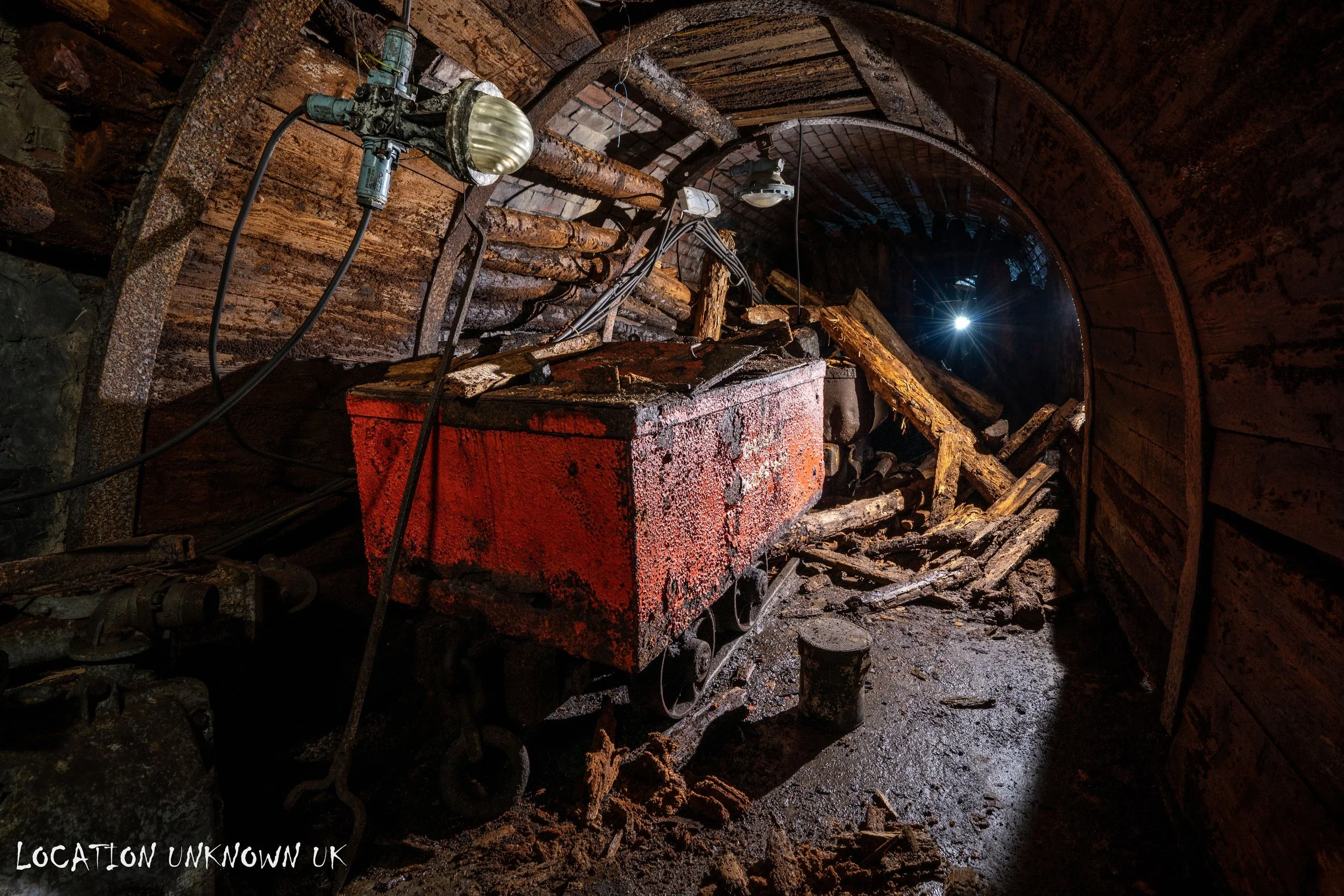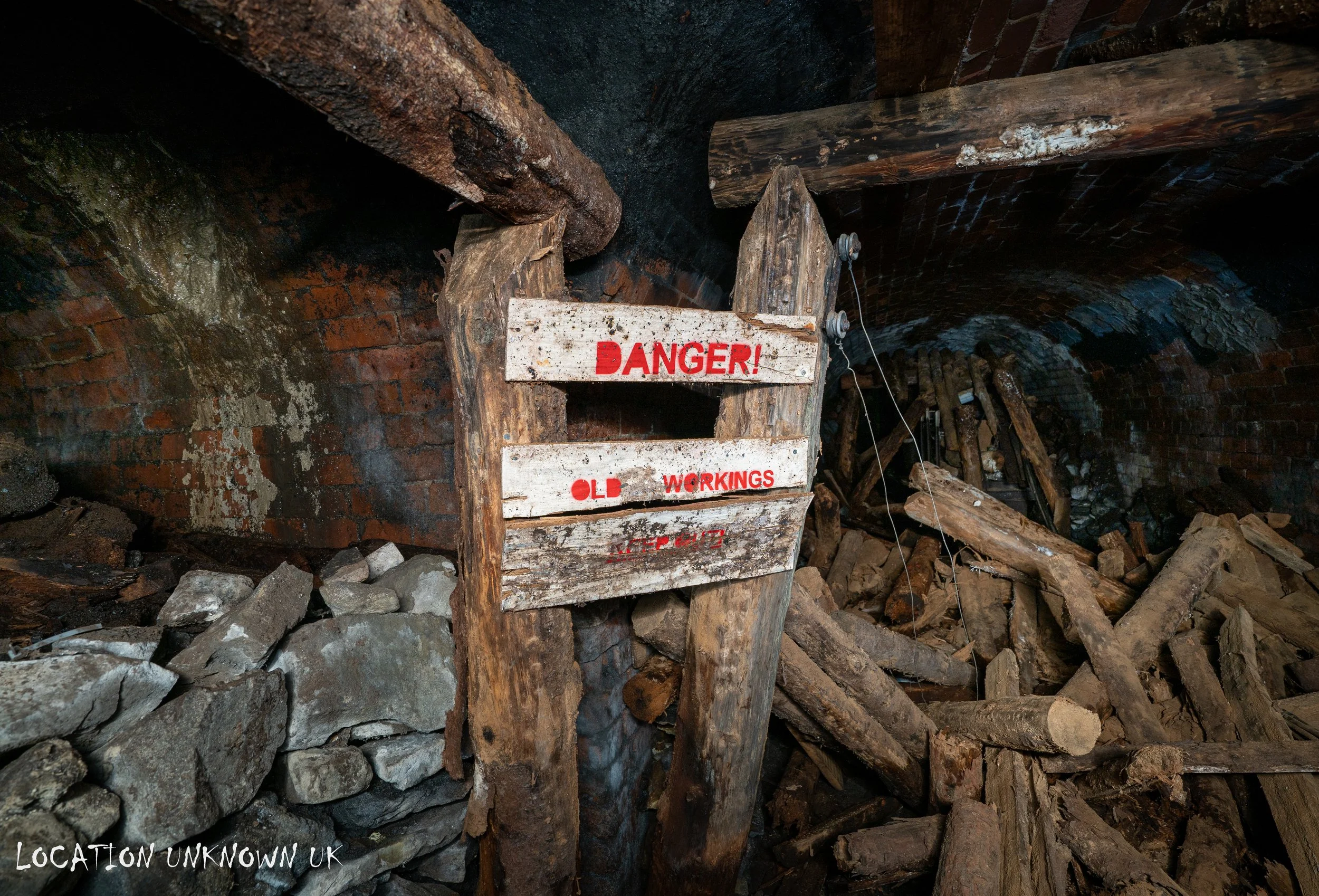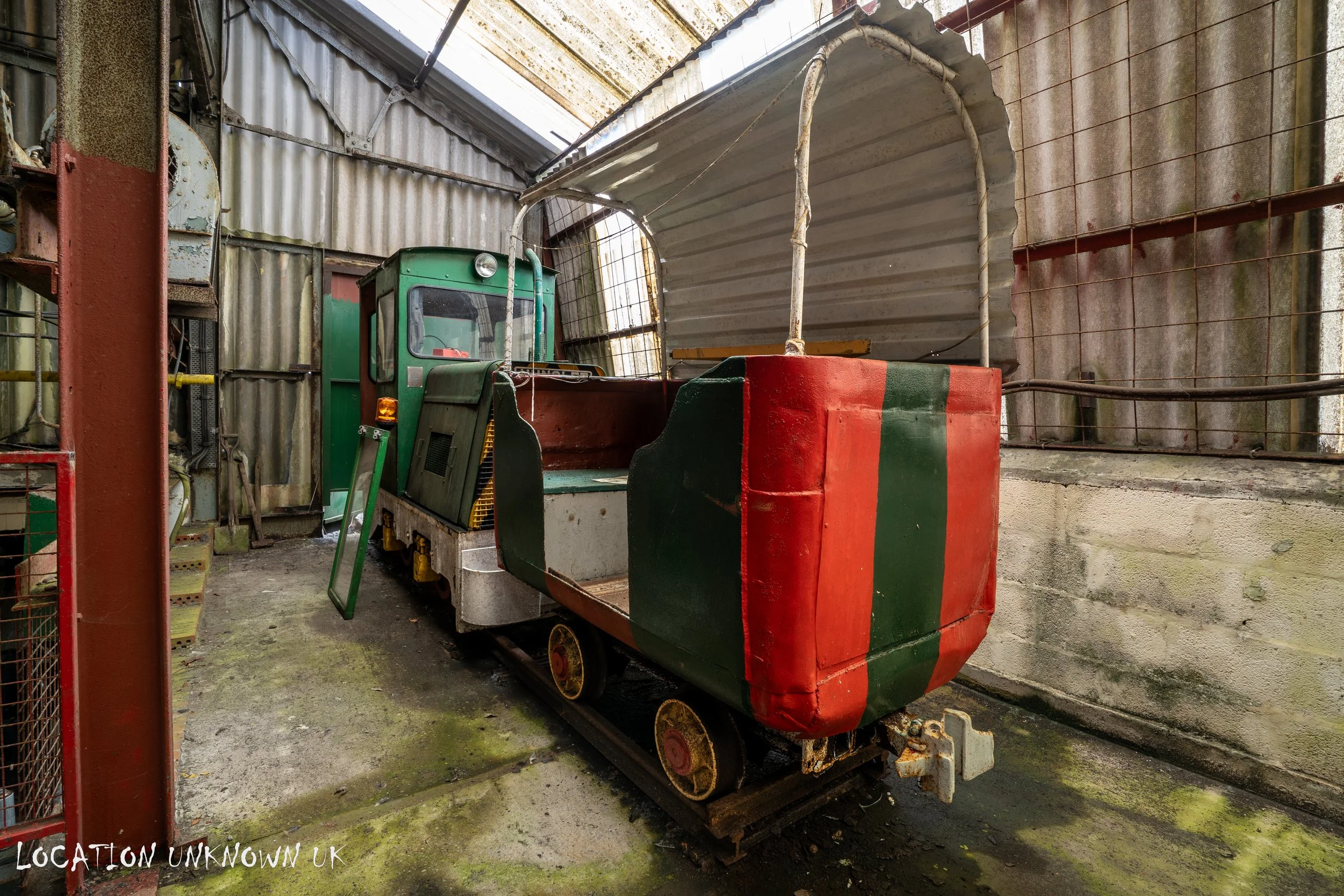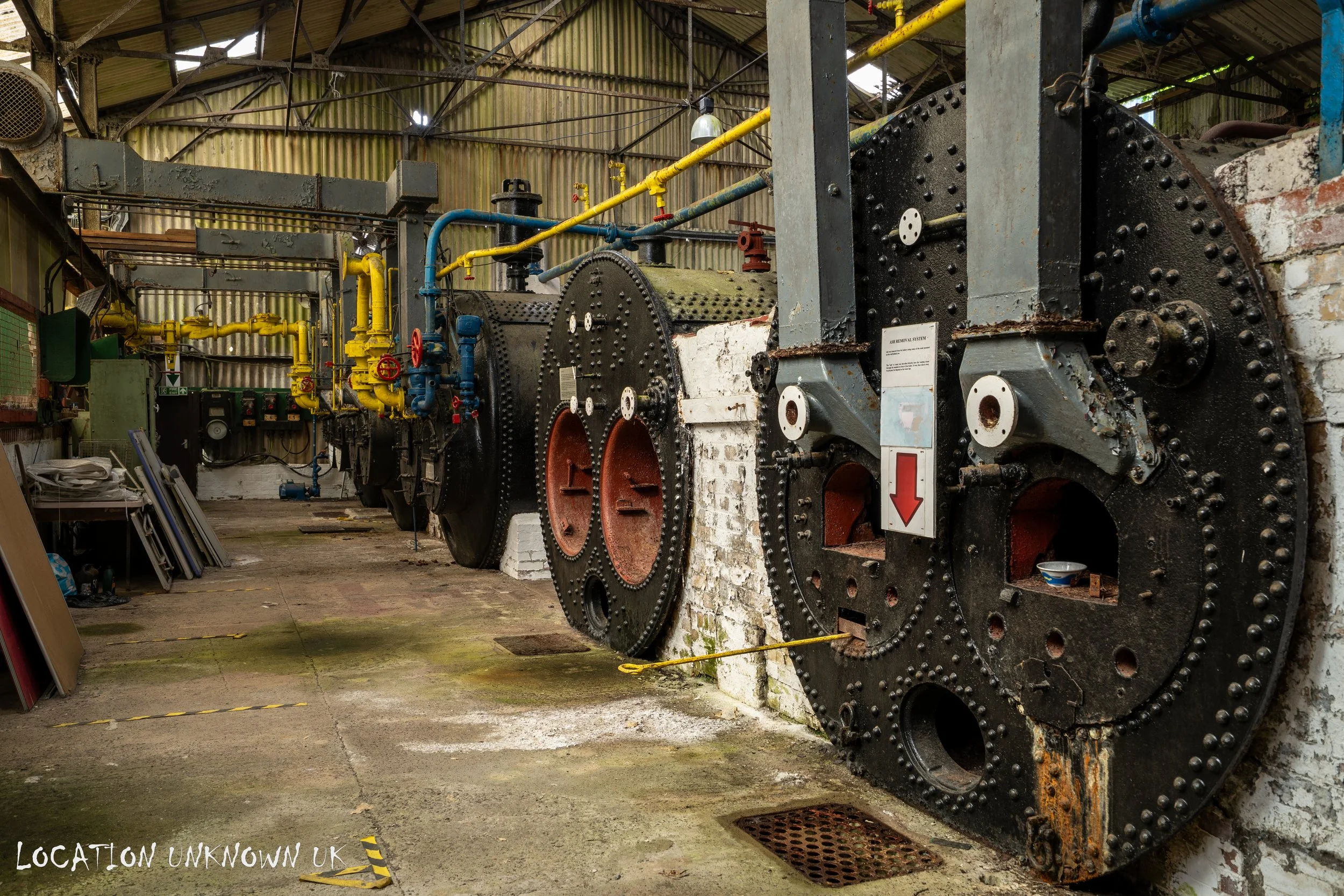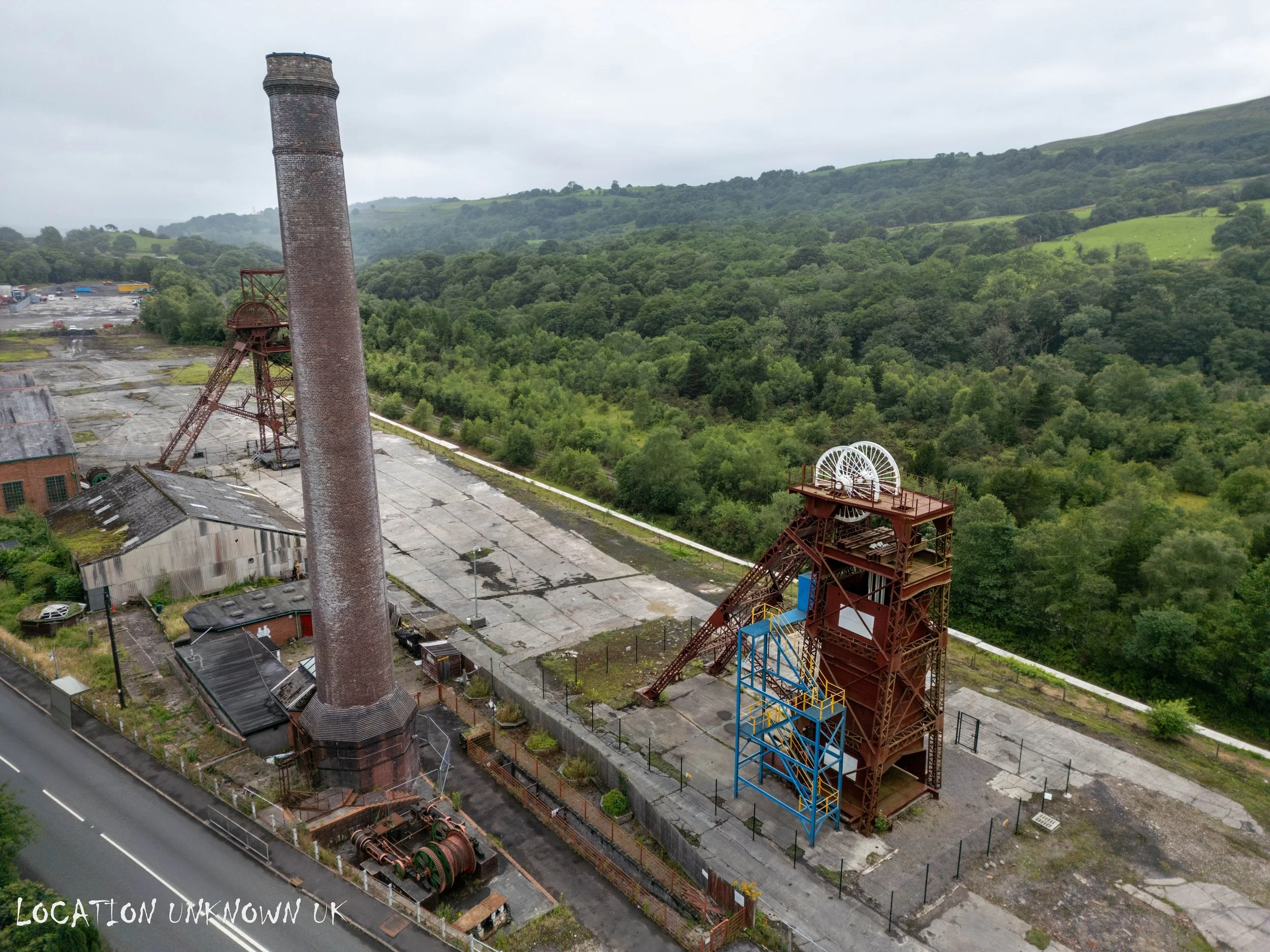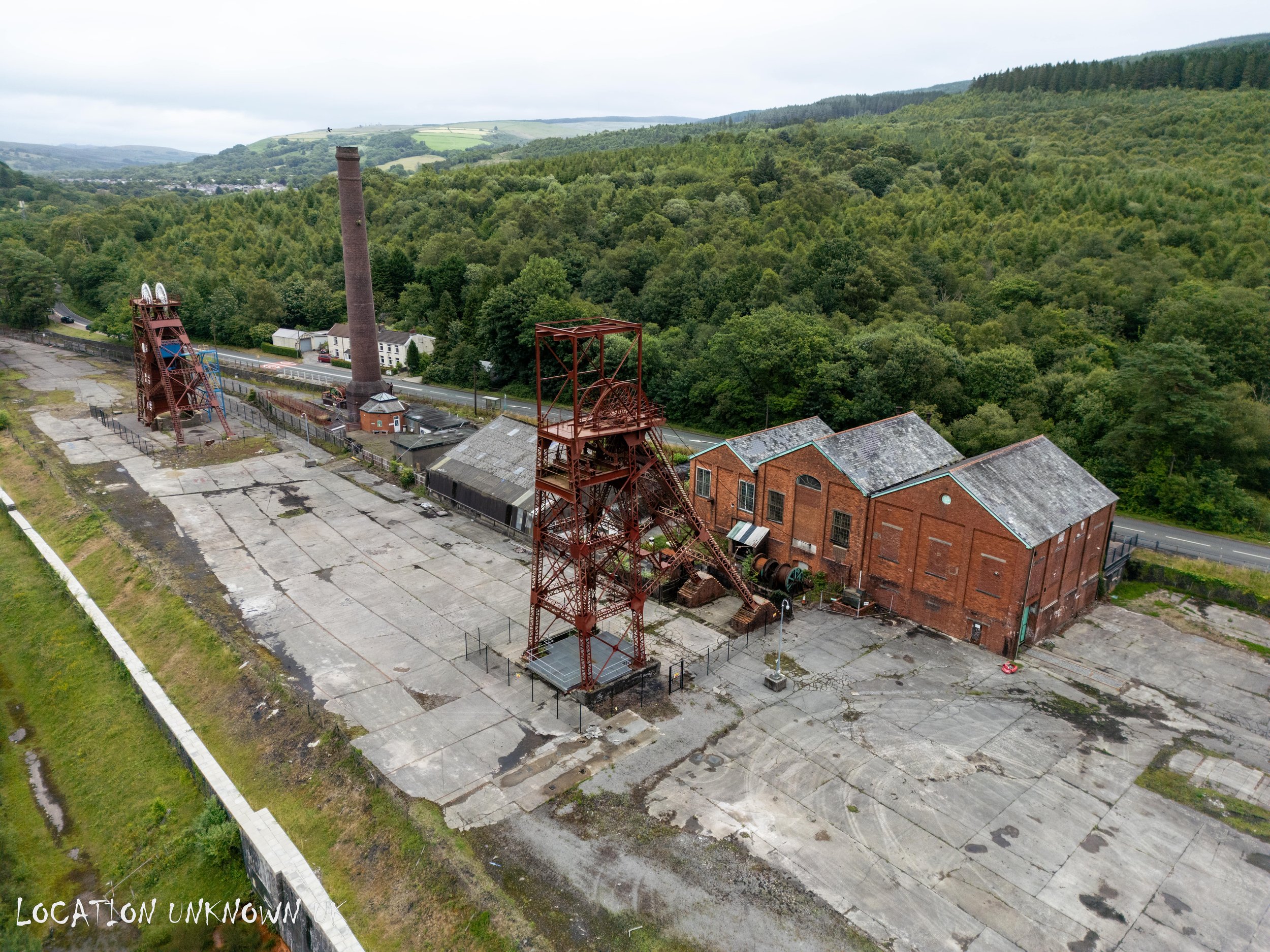Cefn Coed Colliery Museum - South Wales
This was the last stop, during a day trip to south wales with @GRONK , being a Saturday ide expected to encounter some of the local volunteers wandering around, similar to the volunteers that operate at Chatterley Whitfield but it was surprisingly quiet and straight forward.
Being right next to a busy road we took a long winded approach to try and stay out of view from passers by, first up was the underground experience which having only closed its doors in 2021 it was suffering severe damage with most of the timbers rotting away or on the floor. Having visited one of these not too far from me recently, i was surprised to see how bad the condition was as this one seemed to be in a better state and closed in the early 90's 'another underground experience'
After falling over an embarrassing amount of times and encountering a few jump scares along the way in the form of some manikins and a pit pony, we headed out to have a look at the boiler house. This was one of the best, well preserved boiler houses ive visited and is the largest collection of steam boilers in the UK. The service tunnels that lead into the chimney were identified but I didn't fancy the long crawl through them.
After attempting a different tight sh*t covered crawl we came to realize that the actual museum was sealed up tight, gutting as the windows offered a glimpse into a heavily stocked building full of mining artifacts, if this place ever gets the go ahead to re-open I'll be sure to pay it a visit (as unlikely as this is).
After a brief dry spell in the rain we decided to get some drone shots and call it a day.
History
“This former colliery was originally sunk in the 1920s under the Llwynonn Colliery Company and, after its takeover by the Amalgamated Anthracite Combine in 1926, finally succeeded in producing its first coal in 1930 from shafts drilled through hard Blue Pennant sandstone. The mine ultimately worked seams such as ‘Big Vein’, from depths reaching over 2,500 feet making it the deepest anthracite mine in the world and earning it the grim nickname “The Slaughterhouse” due to frequent methane and roof‑fall accidents. At its peak around the end of World War II (1945) roughly 908 men were employed, but with nationalisation by the National Coal Board in 1947, declining coal demand and the costs of maintaining deep roadways led to the pit’s closure in 1968, with most workers transferring to a nearby drift mine. The site was subsequently developed into a museum and officially opened in 1978. Today, the museum preserves the 1927 Worsley Mesnes horizontal duplex steam winding engine, now driven electrically, this massive machine powered the No. 2 shaft and remains the largest running winding engine in Wales. Its engine room houses six original Lancashire steam boilers, noted as the largest collection of steam boilers in the UK. The site also features a reconstructed underground mining gallery, simulating harsh Victorian‑era working conditions (including pulling a sled like child labourers once did), and houses the uniquely restored gas‑powered passenger tram that ran in Neath from around 1899 to 1920, thought to be the only surviving example of its kind in the world Additionally, in August 2017, the museum unveiled a miners’ memorial garden dedicated to those who lost their lives at the colliery, designed by local artist Olwen Maidment. The museum has been closed to the public since mid‑2021, after serious health and safety issues were identified on site. A detailed survey revealed structural defects including flaking stonework, unstable tunnels, asbestos, and corrosion, which required emergency repairs costing over £1.25 million, plus an estimated £8 million for full refurbishment”.


